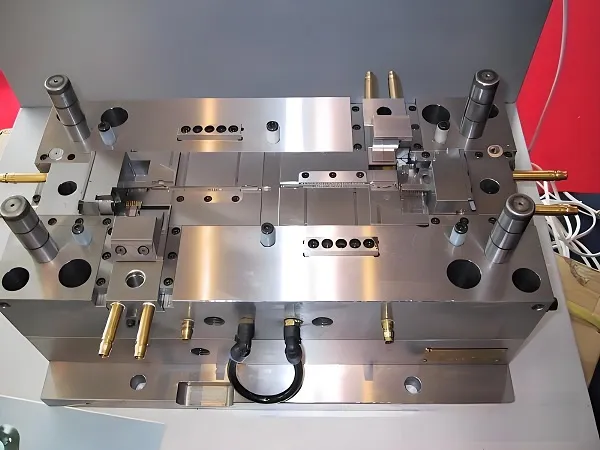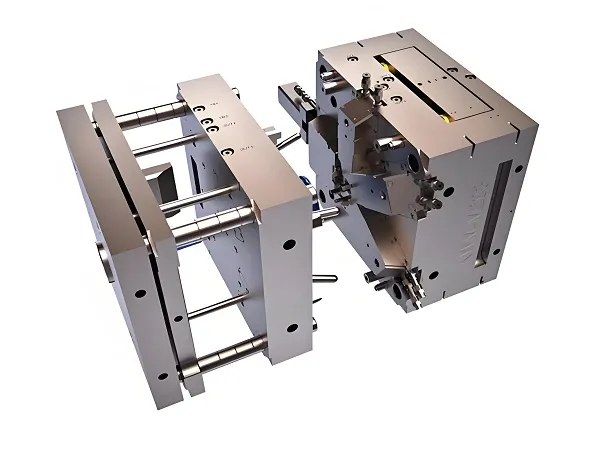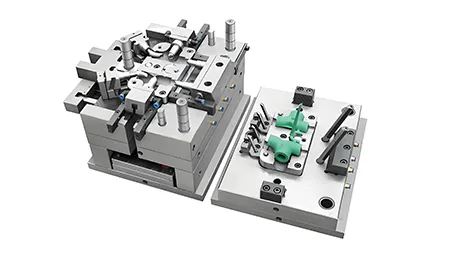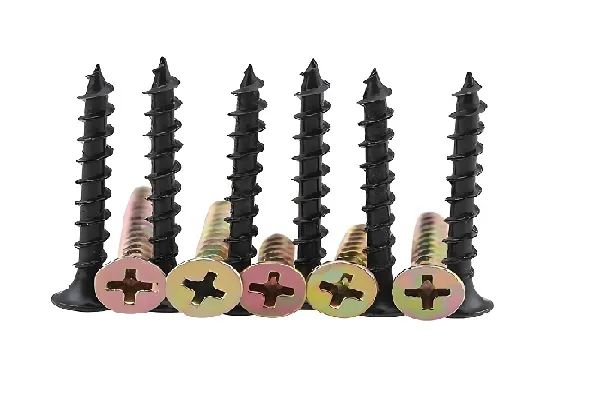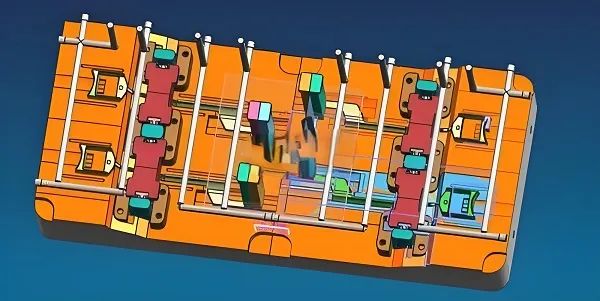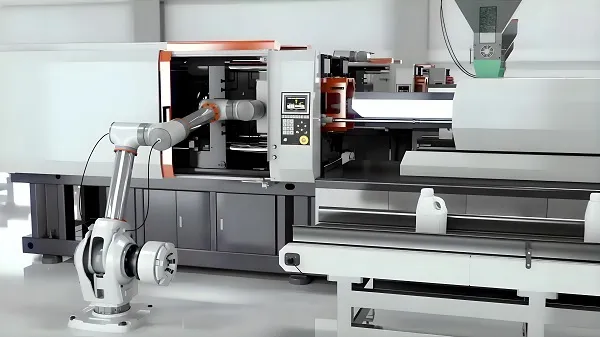Woodworking CNC technology is a very important field in the modern woodworking manufacturing industry, which combines computer control technology and mechanical processing technology to realize the precise control of wood processing. Below, I will be from the basic concept of woodworking CNC, the principle of work, technical characteristics and application areas and other aspects, to provide you with a detailed introduction to the content of this field.
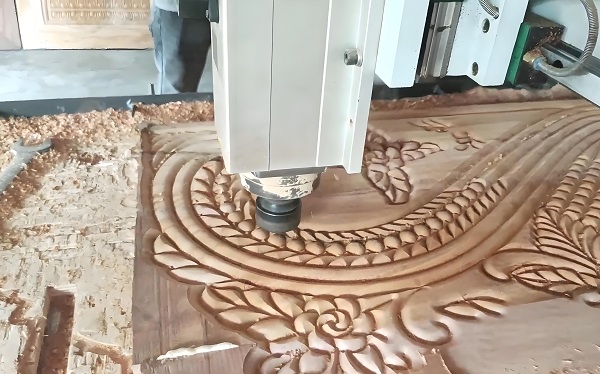
1. The basic concept of woodworking numerical control
Woodworking CNC, all known as woodworking CNC machine tools, is a computerized digital control system (CNC) to control woodworking machinery and equipment for processing technology. This technology can realize high-precision and high-efficiency processing of wood, which is widely used in many fields such as furniture manufacturing, crafts carving, building decoration and so on.
2. The working principle of woodworking numerical control
The working principle of woodworking numerical control is mainly through the pre-written processing program in the computer, and then these programs are input into the CNC system. The numerical control system will control the various moving parts of the machine tool (such as the spindle, feed axis, etc.) to carry out precise movements according to the instructions in the program, so as to realize the cutting, drilling, milling and other machining processes on the wood.
Specifically, the CNC system will calculate the trajectory and speed of each moving part of the machine tool according to the coordinate values, speed, acceleration and other parameters in the machining program, and then drive the machine tool through the servo drive system to carry out the movement. At the same time, the CNC system will also real-time detection of the machine’s movement status, to ensure machining accuracy and machining efficiency.
3. Woodworking CNC customized service mainly includes the following aspects:
Personalized design: according to the specific needs and preferences of customers, provide personalized design services. The designer will fully communicate with the customer to understand the customer’s intentions and expectations, and then use CAD and other design software to draw detailed design drawings.
CNC Programming: Convert the design drawings into CNC machining programs. Professional programmers will write the instruction code to control the woodworking CNC machine for machining according to the size, shape, process requirements and other information in the design drawings.
Precision machining: Use woodworking CNC machine tools to carry out precise machining. The machine tool automatically completes the wood cutting, drilling, milling and other machining processes according to the instructions in the CNC program to ensure machining accuracy and surface quality.
Quality Inspection: Strict quality inspection is carried out on the finished woodworking products. The inspectors will check whether the size, shape and surface quality of the products are in accordance with the design requirements to ensure that each product meets the customer’s satisfaction.
Packing and shipping: We will pack the qualified woodworking products and arrange for shipping. During the packing process, we will pay attention to protect the products from damage, and at the same time ensure the timeliness and accuracy of delivery.
4.Technical characteristics of woodworking CNC
High precision: woodworking CNC machine tools adopt high-precision servo drive system and precision detection device, which can realize micron-level machining accuracy. This is very important for woodworking products that require high precision machining.
High efficiency: Since the CNC system can automatically complete the machining process without human intervention, the machining efficiency is greatly improved. At the same time, the CNC system can also optimize the machining path and cutting parameters to further improve machining efficiency.
Flexibility: woodworking CNC machine tools can be flexibly adjusted according to different processing needs, processing parameters and processing methods. This makes the machine tool can adapt to different materials, different shapes of wood processing needs.
Automation: woodworking CNC machine tools with a high degree of automation, can realize one person multi-machine operation, reduce labor intensity. At the same time, the automated production mode can also reduce the processing errors caused by human factors.
5. Woodworking CNC application areas
Furniture manufacturing: woodworking CNC machine tools can accurately process a variety of complex furniture components, such as chair backs, table legs and so on. This not only improves the production efficiency, but also ensures the beauty and durability of the furniture.
Crafts engraving: For crafts that require fine engraving, woodworking CNC machine tools are undoubtedly the best choice. It can easily realize complex patterns and texture carving, making crafts more lifelike.
Building decoration: In the field of building decoration, woodworking CNC machine tools can be used to process various doors, windows, stairs, railings and other components. The processing precision and surface quality of these components have been significantly improved.
Woodworking CNC service FAQ
1. What are the advantages of CNC technology over traditional woodworking?
Improved precision: CNC machining can achieve micron-level machining precision, far beyond the traditional manual or semi-automatic machining methods.
Efficiency Improvement: Automated machining reduces manual operation time, significantly increasing productivity and capacity.
Design Flexibility: Through CAD/CAM software, the design of complex patterns and shapes can be easily realized and directly converted into machining codes without the need for complex molds.
Cost reduction: In the long run, CNC machining contributes to lower overall production costs by reducing scrap, improving material utilization and reducing labor costs.
2. What woodworking CNC services can your company provide?
We provide one-stop woodworking CNC services, including but not limited to:
CNC equipment selection and configuration: recommend and configure the most suitable CNC machining equipment according to customer needs.
CAD/CAM software training: provide customers with professional training in the use of design software to ensure that customers can independently complete the design task.
Programming service: according to the drawings or samples provided by customers, carry out CNC machining programming to ensure machining accuracy and efficiency.
Processing service: Utilizing advanced CNC equipment, we provide customers with high-quality processing services, including cutting, engraving, punching and other processes.
After-sales support and maintenance: Provide a full range of after-sales services such as equipment installation and commissioning, troubleshooting, regular maintenance and so on.
3. How about the precision and speed of CNC machining equipment?
The precision and speed of CNC machining equipment varies according to the model and configuration, but generally speaking, modern CNC machining equipment can realize the following performance parameters:
Machining accuracy: can reach ± 0.05mm to ± 0.01mm, depending on the model of equipment and processing materials.
Machining speed: according to the different processing materials and tools, the processing speed can range from tens of millimeters per minute to hundreds of millimeters.
4. CNC machining applicable to which woodworking products?
CNC machining is widely used in the production of various types of woodworking products, including but not limited to:
Furniture manufacturing: such as closets, cabinets, bed frames and so on.
Wood carving handicrafts: such as ornaments, pendants, decorations, etc.
Architectural decoration: such as door and window casings, lines, reliefs, etc.
Packaging materials: such as wooden pallets, wooden boxes, etc.
5. How to assess the cost-effectiveness of CNC machining?
To assess the cost-effectiveness of CNC machining, a number of factors need to be considered, including:
Initial investment: the purchase cost of CNC equipment, installation costs, etc.
Productivity Improvement: Automated machining brings productivity improvement, reducing labor cost and machining time.
Material utilization: high-precision machining reduces scrap and improves material utilization.
Product quality: High-precision machining improves product quality and meets higher standards of customer demand.
Long-term operating costs: including equipment maintenance, energy consumption, and labor training.

